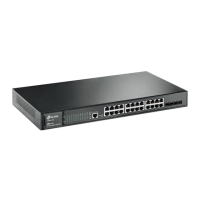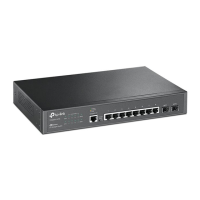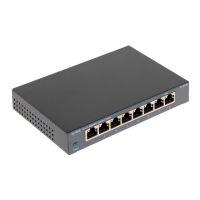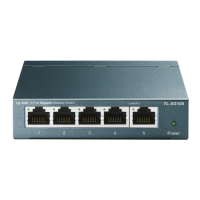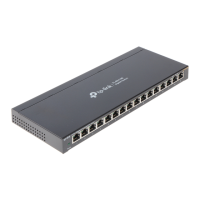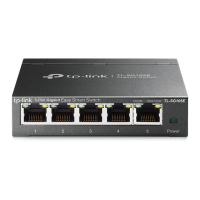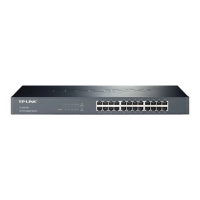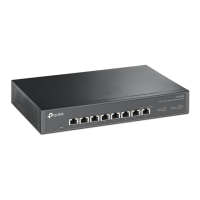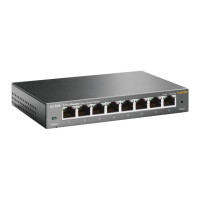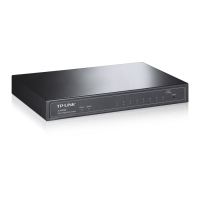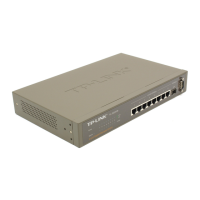Configuring Layer 3 Interfaces Overview
User Guide
503
1
Overview
Interfaces are used to exchange data and interact with interfaces of other network devices.
Interfaces are classified into Layer 2 interfaces and Layer 3 interfaces.
■ Layer 2 interfaces are the physical ports on the switch panel. They forward packets
based on MAC address table.
■ Layer 3 interfaces are used to forward IPv4 and IPv6 packets using static or dynamic
routing protocols. You can use Layer 3 interfaces for IP routing and inter-VLAN routing.
This chapter introduces the configurations for Layer 3 interfaces. The supported types of
Layer 3 interfaces are shown as below:
Table 1-1 Supported Types of Layer 3 interfaces
Type Description
VLAN Interface
A Layer 3 interface with which acts as the default gateway of all the hosts in
the corresponding VLAN.
Loopback Interface An interface of which the status is always up.
Routed Port A physical port configured as a Layer 3 port.
Port-channel Interface
Several routed ports are bound together and configured as a Layer 3
interface.
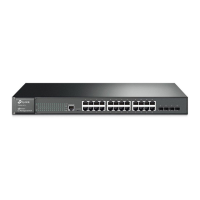
